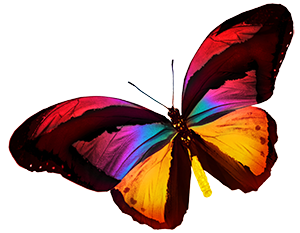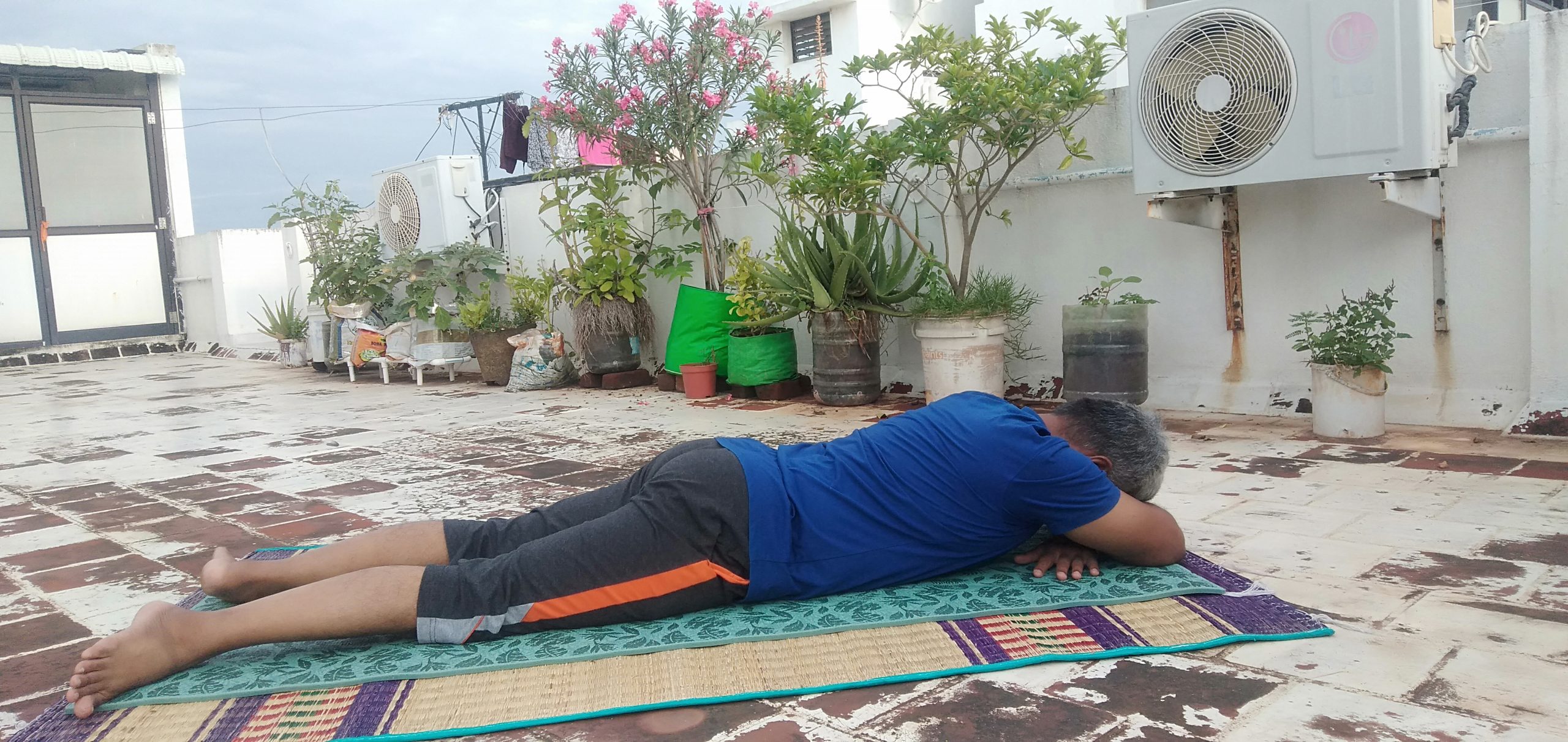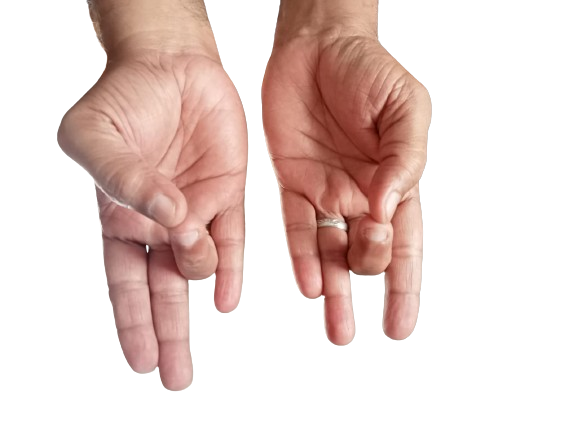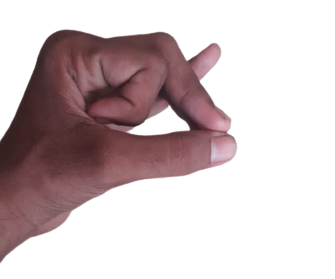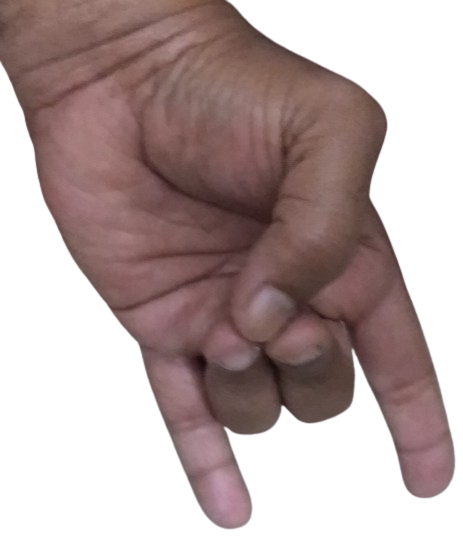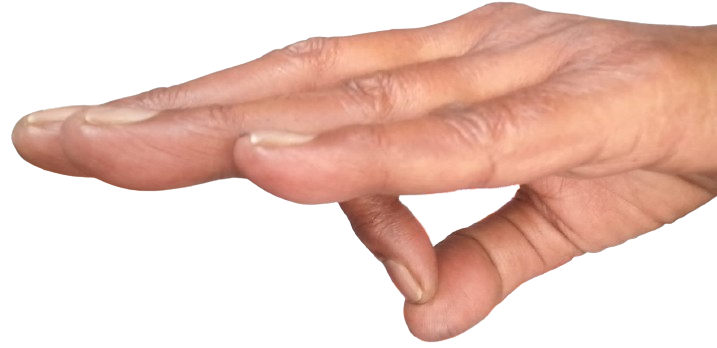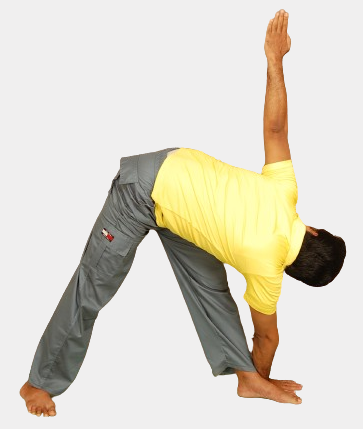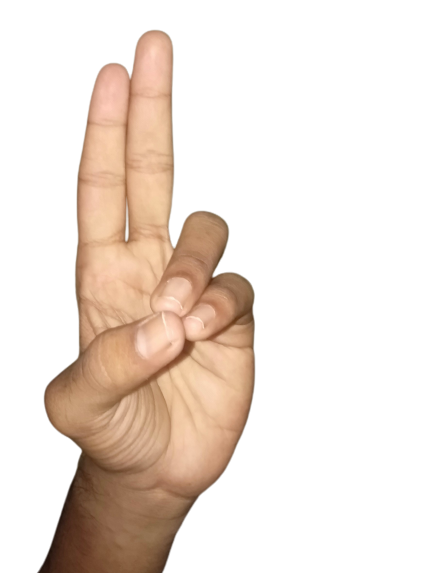It will be no surprise if you feel compelled to immediately try the pose as you would the Rest Pose. Such is the relaxation one gets the very moment watching a practitioner perform Makarasana, as Crocodile Pose is called in English. 'Makara' means 'crocodile'. Though the pose resembles a crocodile, the diaphragm breathing effect produced in the pose can also be the reason for naming the pose thus.
When you perform diaphragm breathing, your stomach and abdominal muscles are involved and hence, every time you inhale, your diaphragm is pulled down and lung capacity
Crocodile Pose stimulates muladhara, svadhittana and sahasrara chakras. Hence, the body and mind get energized, creativity improves and relationships get strengthened. Sahasrara chakra aids in self-realization and binding with universal energy.
Other Benefits of Crocodile Pose
- Strengthens lung function
- Relaxes the whole body
- Cures back pain
- Improves posture
- Cures insomnia
- It boosts blood circulation.
- Regulates blood pressure
- Cures indigestion
- Practicing the pose helps to relieve stress.
Instructions
- Lie face down on the mat.
- Keep your eyes closed. Fold your hands and place them under your head.
- Keep your legs slightly apart from each other.
- Hold the pose for 20 to 30 seconds.
Note
Pregnant women should refrain from practicing the pose.
Those who are unable to lie face down, can lie on their back, place the legs against the wall at 90 degree angle with palms together as in salutation against the chest and perform the pose.
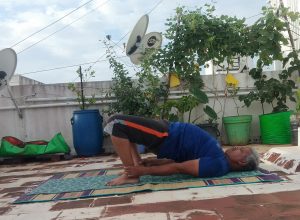
Yoga Pose for Day 88 - Four-Footed Pose (Chatush Padasana)
Four-Footed Pose is a variation of Bridge Pose. The pose is called Chatush Padasana in Sanskrit. The term 'chatush' means 'four' and 'pada' means 'foot' and 'leg'.
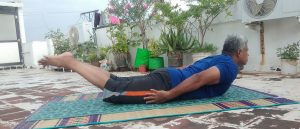
Yoga Pose for Day 86 - Locust Pose (Salabhasana)
Locust Pose is one of the excellent prone yoga poses for beginners that offers amazing health benefits. The pose is also called Salabhasana in Sanskrit, 'Salabha' means 'locust'. The pose is also referred to as Grasshopper Pose in English.
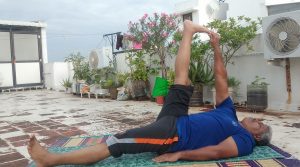
Yoga Pose for Day 85 - Reclining Hand-to-Big Toe Pose (Supta Padangustasana)
In our earlier posts, we had covered the benefits and how-to-do of Hand-to-Big Toe Pose and Extended Hand-to-Big Toe Pose. The pose for today is Reclining Hand-to-Big Toe Pose. The pose is called Supta Padangustasana in Sanskrit.
